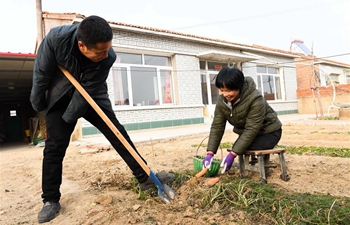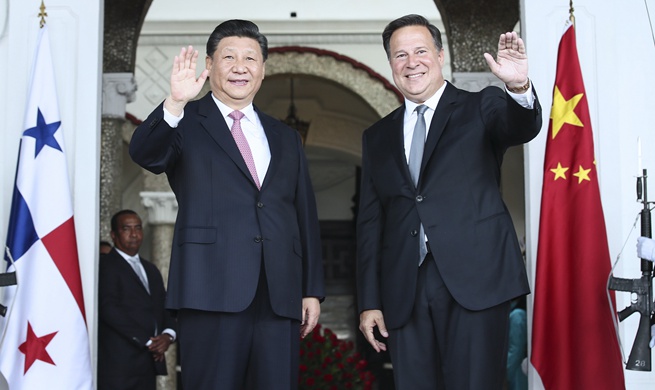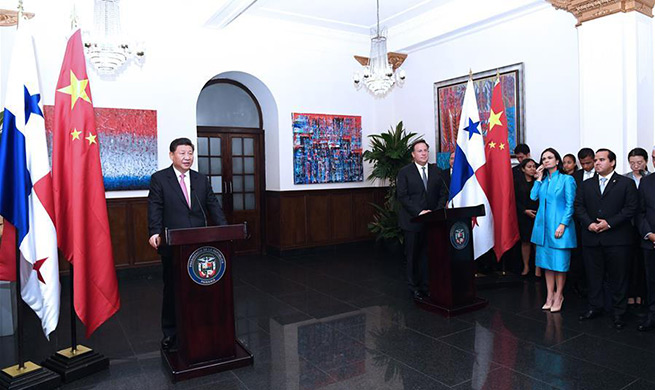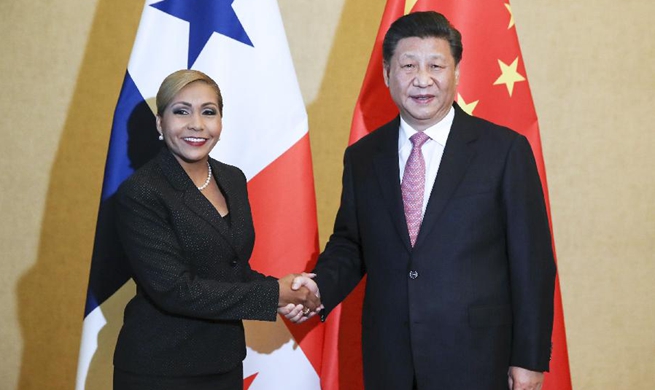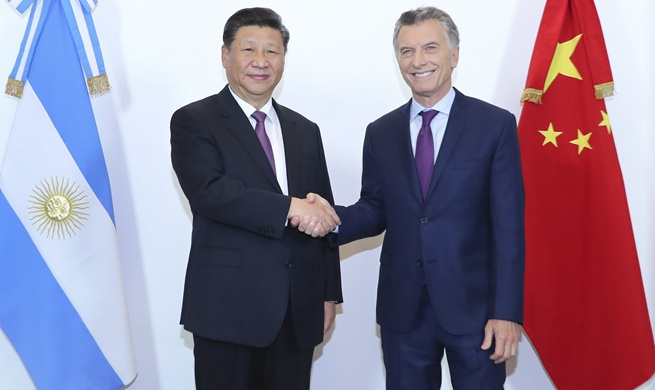BEIJING, Dec. 4 (Xinhua) -- China has maintained a steady pace in pushing foreign exchange (forex) reforms, enabling global investors wider access into one of the world's largest capital markets.
The latest data showed that some 286 overseas institutions had received quotas amounting to 100.56 billion U.S. dollars by the end of November under China's Qualified Foreign Institutional Investors (QFII) program, a scheme that allows for more convenient capital inflows.
The number edged up by 300 million dollars from the end of October, data from the State Administration of Foreign Exchange (SAFE) showed.
Since the launch of the program in 2003, the quotas have been increasing gradually, as the country's financial authorities managed to maintain a delicate balance between liberalizing the capital account and maintaining forex market stability.
China's currency, the yuan, is convertible for trade purposes under the current account, while the capital account, which covers portfolio investment and borrowing, is largely run by the state in an effort to manage capital flows in and out of the country.
Sun Guofeng, head of the monetary policy department of the People's Bank of China (PBOC), the central bank, said China has learned to master the art of balancing reforms and risk control.
China has kept forex market reform "gradual and controlled," which enabled the implementation of the country's various financial reforms while at the same time keeping external risks at bay, according to Sun.
In addition to schemes such as QFII that broadened the access for capital inflows, China has also rolled out pilot programs to encourage domestic investors to access foreign assets, such as the Qualified Domestic Institutional Investor (QDII) program, a scheme for outbound investment.
The central bank has been taking an orderly approach in making the capital account convertible, giving priority to capital inflows over outflows, long-term investment over short-term, direct investment over indirect, and institutions over individuals, said PBOC governor Yi Gang.
Among the 40 capital account transactions that the International Monetary Fund tracks, the Chinese yuan is now either fully or partially convertible on 37 items, accounting for 92.5 percent of the total, according to Yi.
"The country's foreign exchange authority has successfully mastered the timing and pace to roll out reform policies, which helped maintain market stability despite a complex situation since mid-2015," said Zhang Yifan with Guotai Junan Securities.
With wider access, foreign investors showed their enthusiasm in the Chinese market. In the first three quarters, net purchase of Chinese bonds and stocks by overseas institutions surged by 133 percent and 78 percent year on year, respectively, SAFE data showed.
By the end of September, the market value of the bonds and stocks owned by overseas investors accounted for 2.2 percent and 2.8 percent of the total, both up 0.6 percentage points compared with the end of 2017.
"The share is still relatively low compared with other countries. There is a lot of room for growth," said Wang Chunying, spokesperson for SAFE.
Yi said China would continue to push capital account convertibility in an orderly manner.
"We will develop the financial market, push reforms, and expand opening-up on the premise of financial system stability, uninterrupted financial services and forestalling systemic financial risks," Yi said.







